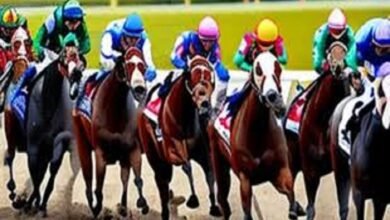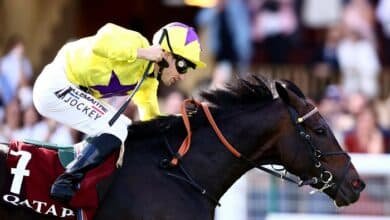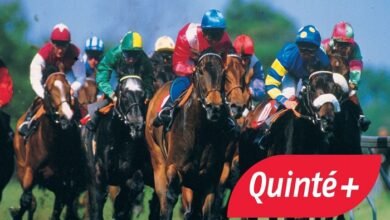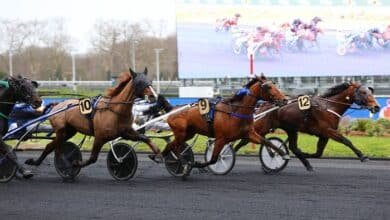Magic of Magique Turf in Burkina Faso: Transforming Agriculture and Livelihoods
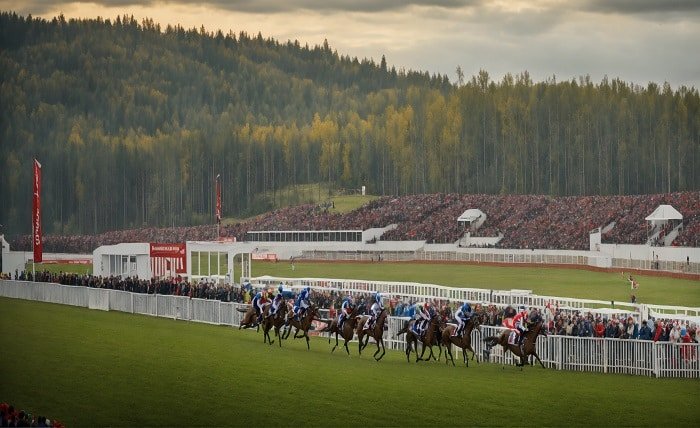
Introduction
Burkina Faso, a landlocked country in West Africa, faces significant agricultural challenges due to its arid climate and poor soil quality. Traditional farming methods have often fallen short in meeting the food and economic needs of its population. However, a transformative solution known as “magique turf” is emerging, promising to revolutionize agriculture in the region. Magique turf, a type of enhanced grass turf, is designed to improve soil quality, increase crop yields, and sustain the agricultural sector.
The Origins and Development of Magique Turf
The concept of magique turf was born out of necessity. Researchers and agricultural experts in Burkina Faso recognized the need for a sustainable solution to combat soil degradation and improve farming productivity. Through years of research and development, they engineered a unique blend of grass species combined with soil-enhancing properties. This innovative turf not only rejuvenates the soil but also provides a resilient ground cover that prevents erosion and retains moisture, essential for crops to thrive in Burkina Faso’s harsh climate.
How Magique Turf Works
Magique turf operates on a simple yet effective principle: enhancing the natural properties of grass to benefit the soil. The turf is enriched with nutrients and beneficial microorganisms that work together to improve soil structure and fertility. When planted, magique turf establishes a robust root system that binds the soil, reducing erosion. Additionally, it increases organic matter content, which enhances water retention and provides essential nutrients for crops. This symbiotic relationship between the turf and the soil creates an environment where plants can grow more robustly and yield higher outputs.
Benefits of Magique Turf for Farmers
For farmers in Burkina Faso, magique turf is a game-changer. One of the primary benefits is its ability to significantly boost crop yields. By improving soil health, crops grown on magique turf are more resilient to pests and diseases, leading to higher productivity. Furthermore, the enhanced soil structure means that plants require less water, which is crucial in a region prone to drought. This efficiency translates to lower costs and higher profits for farmers, making agriculture a more viable and sustainable livelihood.
Environmental Impact of Magique Turf
The environmental benefits of magique turf extend beyond improved agricultural productivity. By stabilizing the soil, magique turf plays a critical role in preventing desertification, a major issue in Burkina Faso. It also contributes to carbon sequestration, helping to mitigate the effects of climate change. The use of magique turf reduces the need for chemical fertilizers and pesticides, promoting more sustainable farming practices that are better for the ecosystem. These environmental advantages make magique turf a holistic solution for the challenges faced by the agricultural sector in Burkina Faso.
Case Studies: Success Stories of Magique Turf in Burkina Faso
Numerous success stories highlight the impact of magique turf in Burkina Faso. For instance, in the village of Koudougou, farmers who adopted magique turf reported a 40% increase in maize yields within the first year. In another example, a cooperative in Ouahigouya saw their vegetable production double, allowing them to supply local markets and improve their economic standing. These case studies illustrate the transformative potential of magique turf and its ability to bring about tangible improvements in agricultural productivity and livelihoods.
Implementation Challenges and Solutions
Despite its many benefits, the widespread adoption of magique turf faces several challenges. Initial costs for installation can be high, and there is a need for extensive training and education among farmers to ensure proper use. To address these issues, government and non-governmental organizations are stepping in to provide subsidies and training programs. These initiatives aim to make magique turf more accessible and to equip farmers with the knowledge and skills needed to maximize its benefits. Overcoming these challenges is crucial for the broader implementation of magique turf across Burkina Faso.
Future Prospects of Magique Turf in Burkina Faso
The future of magique turf in Burkina Faso looks promising. Continued research and development are expected to yield even more effective variants of the turf, tailored to different soil types and climatic conditions. As awareness of its benefits grows, more farmers are likely to adopt magique turf, leading to widespread agricultural transformation. Additionally, with the support of international aid and investment, the infrastructure needed to produce and distribute magique turf on a larger scale is being developed. These advancements will further solidify the role of magique turf in Burkina Faso’s agricultural future.
Economic Implications of Magique Turf
The economic implications of magique turf are profound. By enhancing agricultural productivity, magique turf contributes to food security and reduces the need for food imports. This, in turn, strengthens the local economy and creates job opportunities in farming and related sectors. Moreover, the increased income from higher crop yields allows farmers to invest in other areas such as education and healthcare, leading to overall community development. The economic ripple effect of magique turf underscores its significance as a tool for poverty alleviation and sustainable development in Burkina Faso.
Community and Social Benefits of Magique Turf
Beyond the economic and environmental advantages, magique turf brings substantial social benefits. Improved agricultural productivity leads to better nutrition and food security for communities. The increased income enables families to afford better education and healthcare, improving their quality of life. Additionally, the communal nature of farming in Burkina Faso means that the success of magique turf fosters a sense of shared achievement and solidarity among villagers. These social benefits are integral to the overall impact of magique turf, making it a cornerstone of community development initiatives.
Conclusion
Magique turf is more than just an agricultural innovation; it is a lifeline for farmers in Burkina Faso. By addressing soil degradation, increasing crop yields, and promoting sustainable farming practices, magique turf is transforming the agricultural landscape of the country. Its environmental, economic, and social benefits make it a comprehensive solution to the challenges faced by the farming community. As more farmers adopt this innovative turf, Burkina Faso moves closer to achieving food security, economic stability, and sustainable development. The future of agriculture in Burkina Faso looks brighter with the magic of magique turf.
FAQs
1. What is magique turf? Magique turf is an enhanced grass turf designed to improve soil quality, increase crop yields, and promote sustainable farming practices in Burkina Faso.
2. How does magique turf improve soil health? Magique turf enhances soil health by adding nutrients and beneficial microorganisms that improve soil structure, increase organic matter, and enhance water retention.
3. What are the economic benefits of using magique turf? Magique turf increases crop yields, which boosts farmers’ income. This additional income can be invested in education, healthcare, and other community needs, contributing to economic development.
4. Are there any environmental benefits of magique turf? Yes, magique turf helps prevent soil erosion, combats desertification, promotes carbon sequestration, and reduces the need for chemical fertilizers and pesticides.
5. What challenges are associated with the adoption of magique turf? Challenges include high initial costs, the need for training and education, and the requirement for infrastructure to produce and distribute the turf. Efforts are underway to address these issues through subsidies and training programs.
